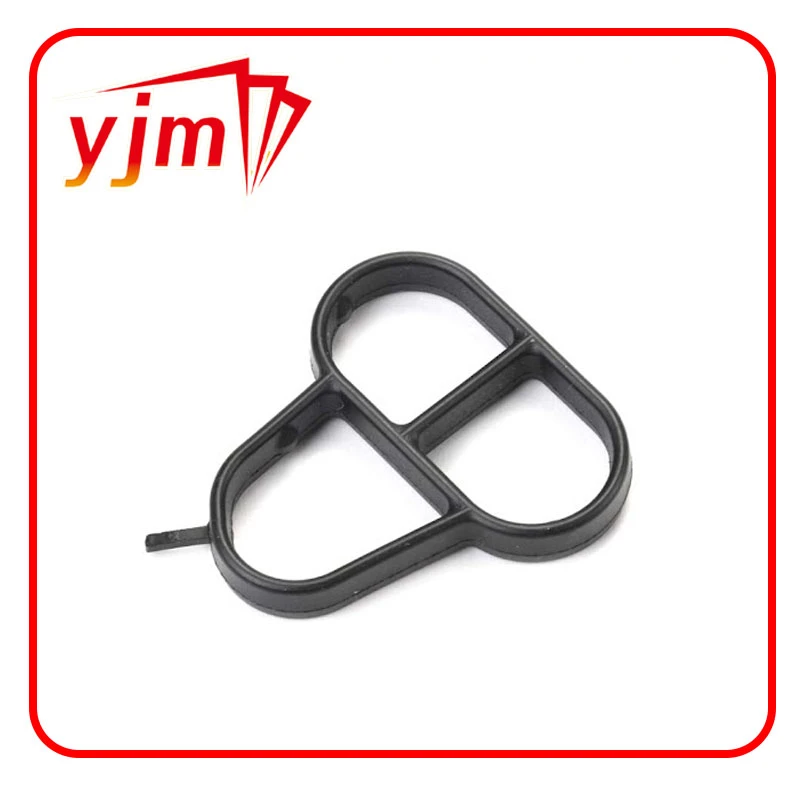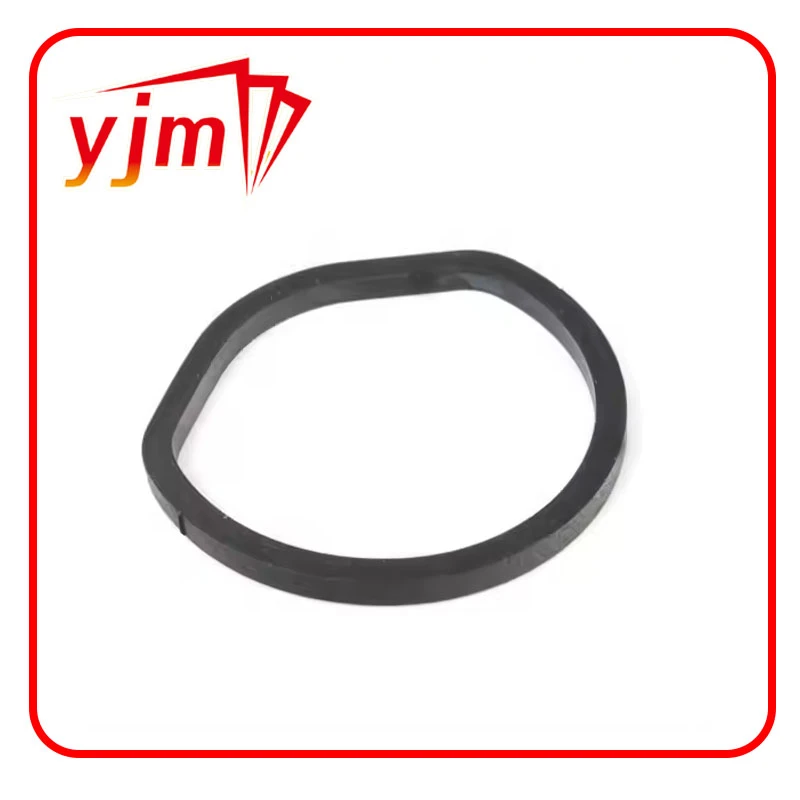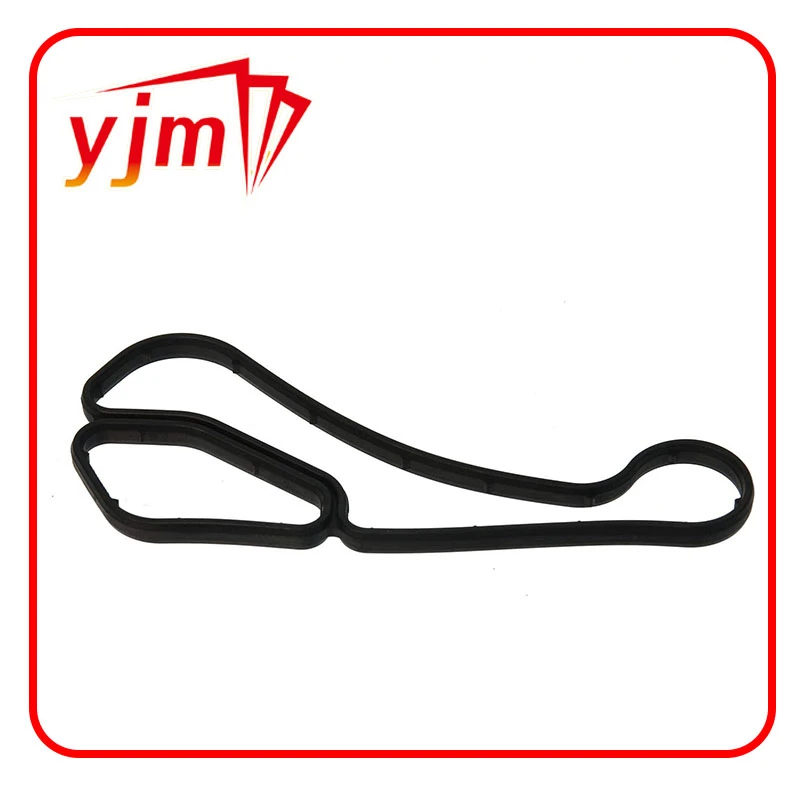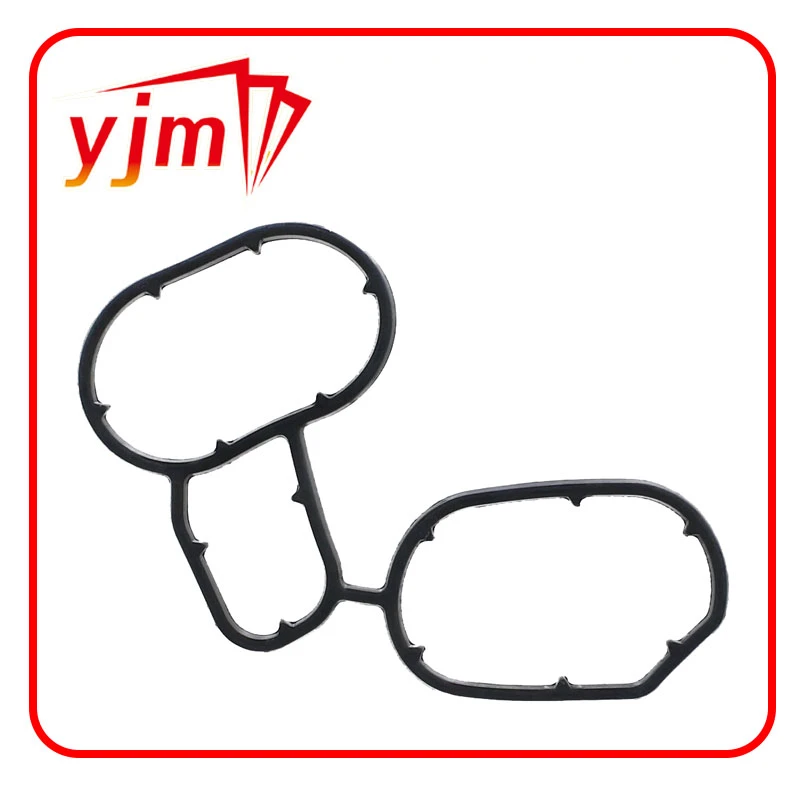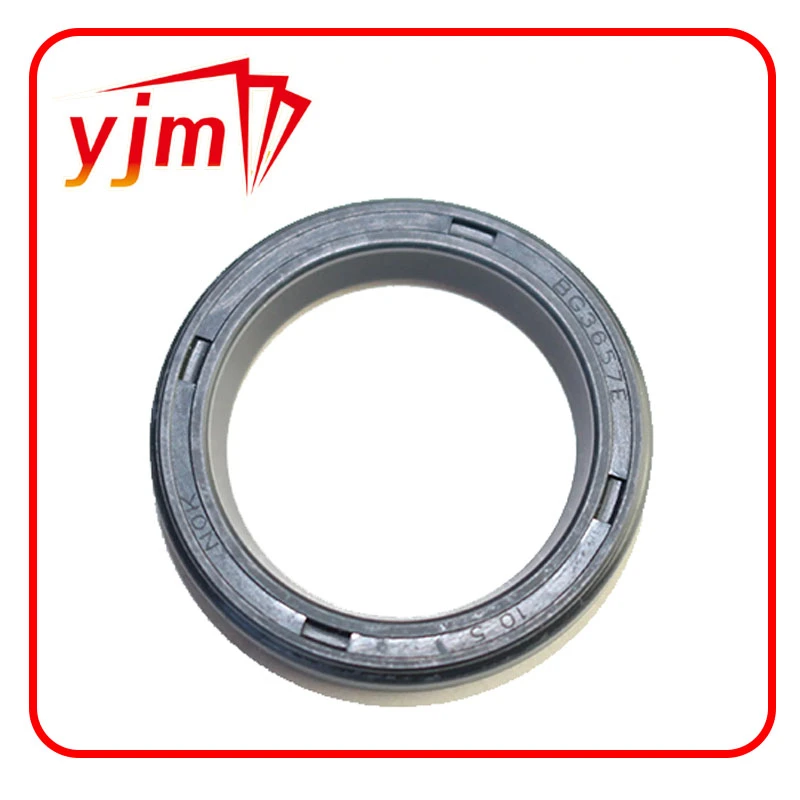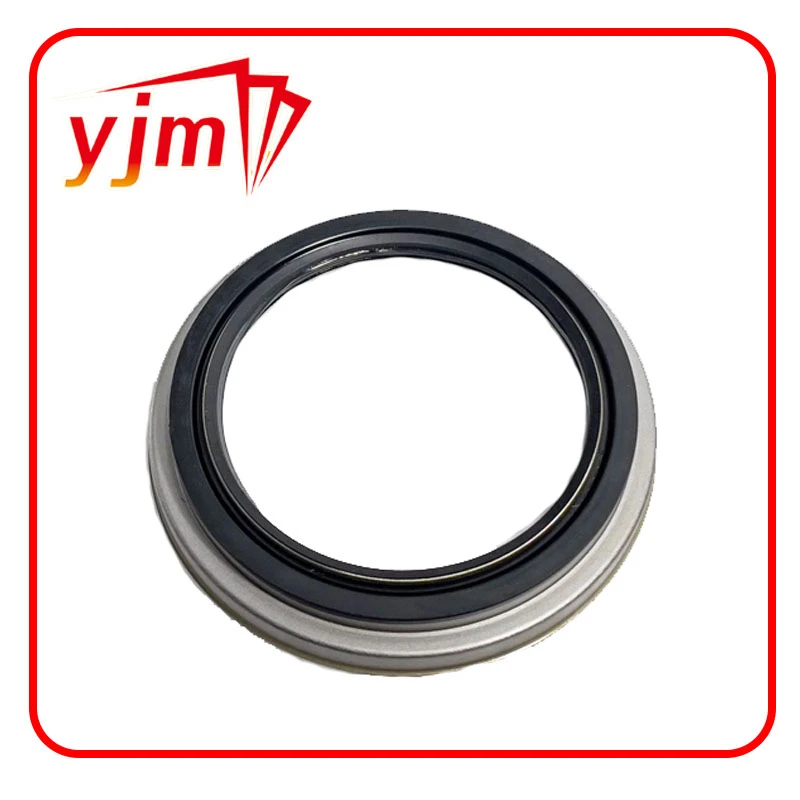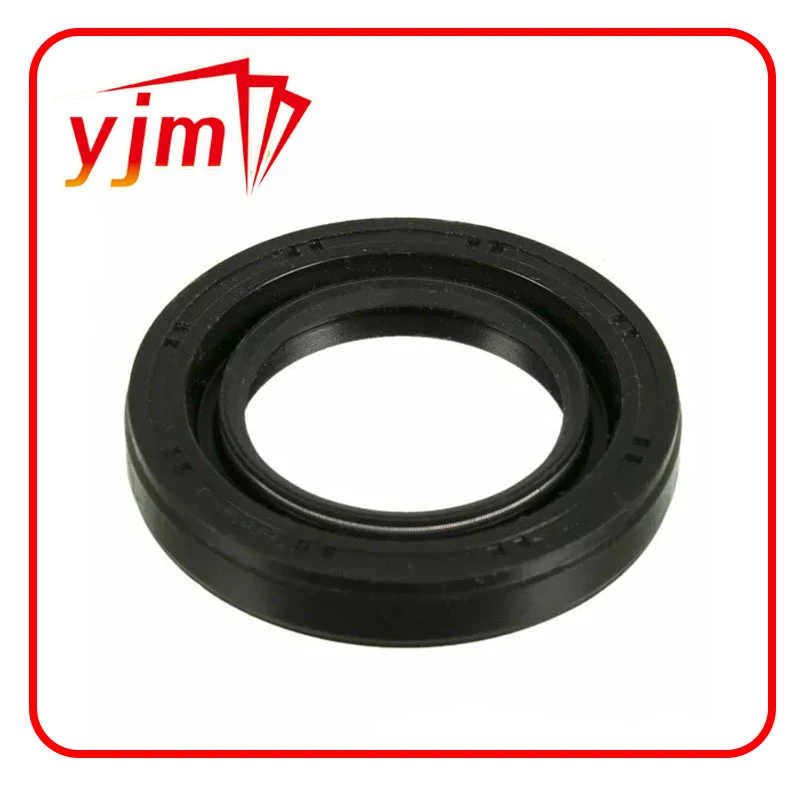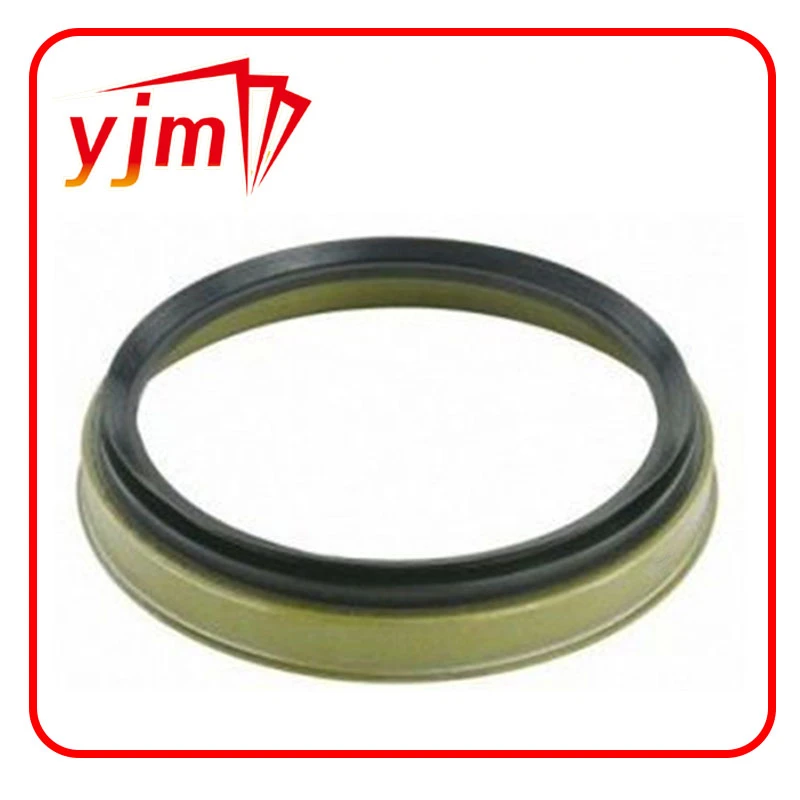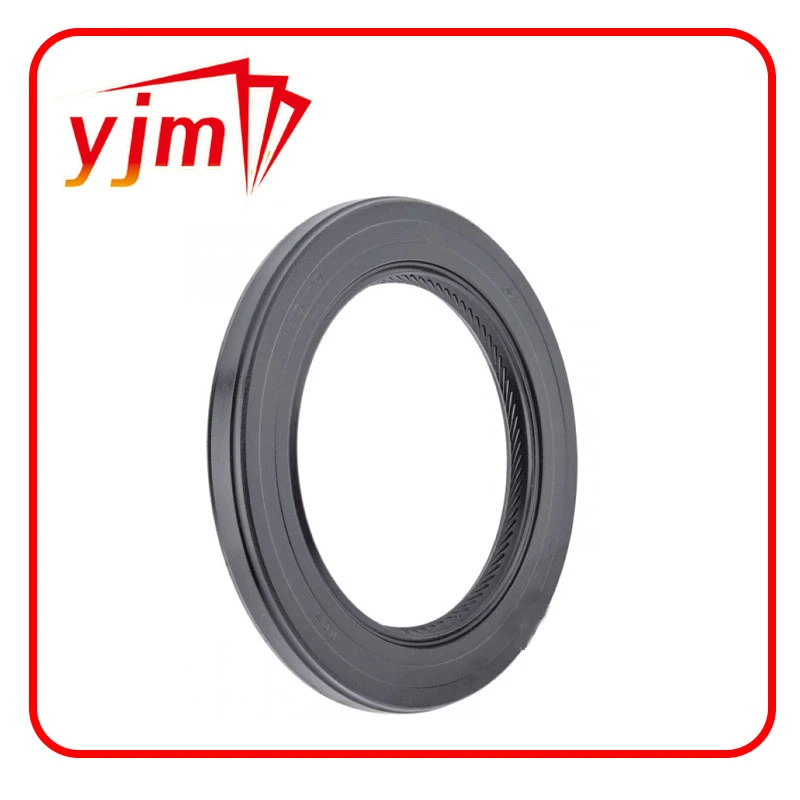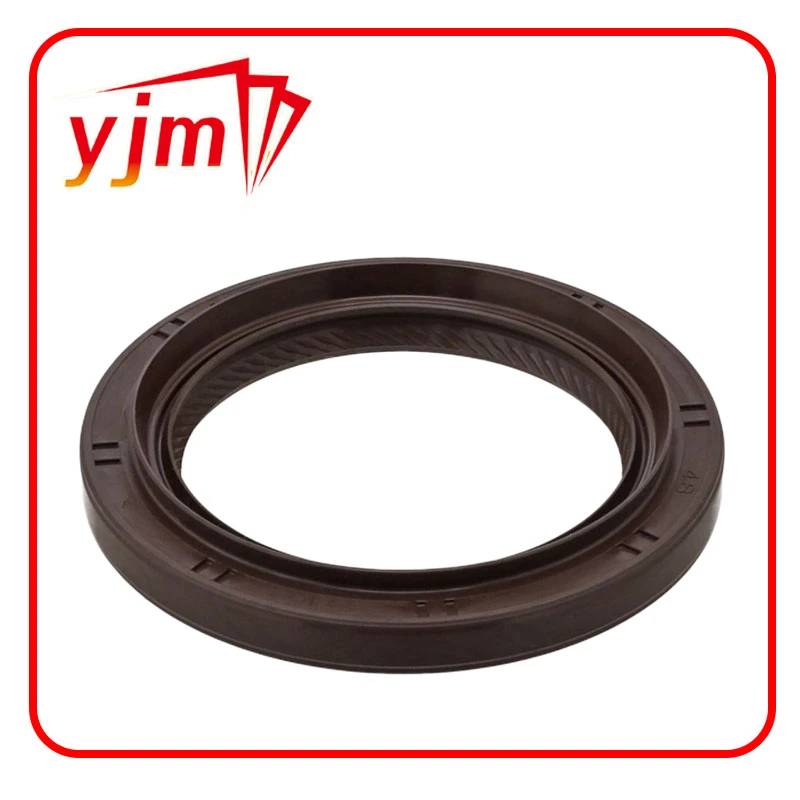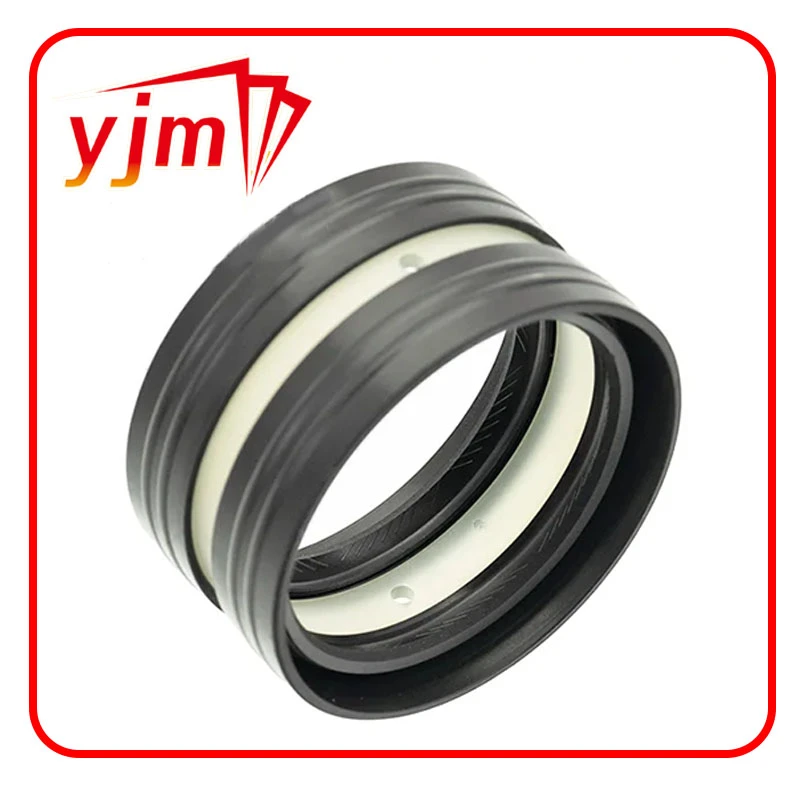Comprehensive Guide to O-Ring Types for Sealing Solutions
Understanding O-Ring Types A Comprehensive Guide
O-rings are one of the most commonly used sealing solutions in various industries, known for their simplicity, effectiveness, and versatility. These circular gaskets made of elastomeric materials play a crucial role in preventing the leakage of fluids and gases in numerous applications. Understanding the different types of O-rings is essential for selecting the right one for specific needs.
Classification of O-Rings
O-rings can be classified based on several factors, including material composition, size, and application.
1. Material Composition - Nitrile Rubber (NBR) This is one of the most commonly used materials for O-rings due to its resistance to oils, fuels, and certain chemicals. It is widely employed in automotive and aerospace industries. - Fluorocarbon (FKM or Viton) Known for its superior heat and chemical resistance, FKM O-rings are ideal for harsh environments, such as chemical processing. - Silicone Although not suitable for high mechanical loads, silicone O-rings are excellent for extreme temperatures and have good flexibility. They are often used in food and pharmaceutical industries due to their non-toxicity. - Polyurethane These O-rings offer exceptional wear resistance and mechanical strength, making them suitable for dynamic applications. - EPDM (Ethylene Propylene Diene Monomer) This material is weather-resistant, ozone-resistant, and shows excellent performance in water applications.
2. Size O-rings come in a variety of sizes, which are classified as standard and metric. Standard sizes are typically based on the AS568 specification, while metric sizes are based on ISO 3601. Proper sizing is critical to ensure a proper seal, as even a slight deviation can lead to failure.
3. Application Depending on the application, O-rings can be designed for static or dynamic use. Static O-rings are positioned between two stationary surfaces, while dynamic O-rings must accommodate movement, such as in hydraulic applications.
o ring types
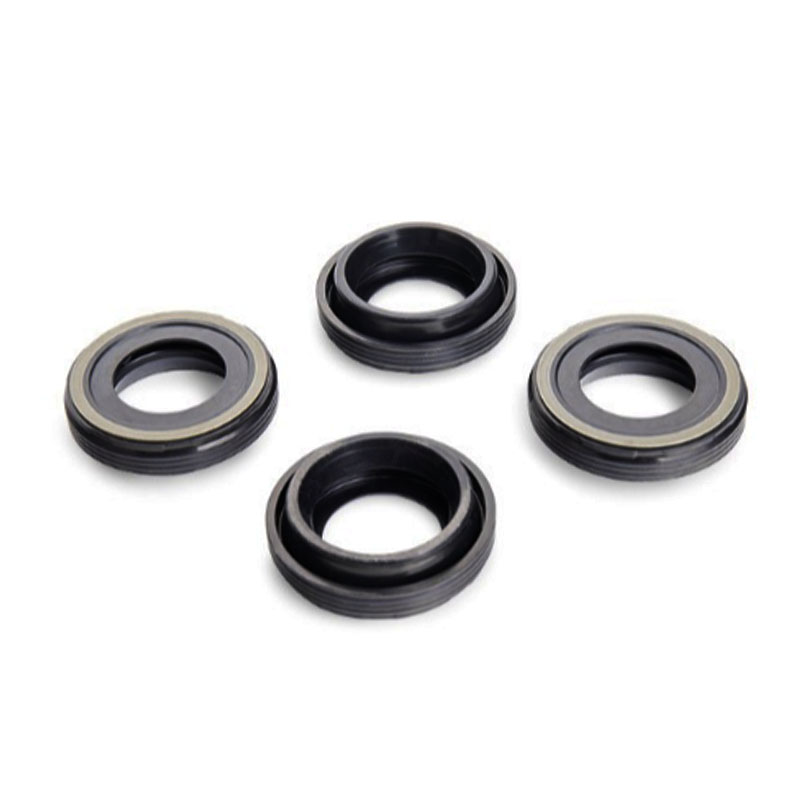
Importance of Proper Selection
Choosing the appropriate type of O-ring is vital to ensure optimal performance and longevity. Factors such as temperature ranges, pressure conditions, and the type of fluid or gas being sealed must be considered. For example, using a nitrile O-ring in an application involving ozone can lead to premature degradation, while a fluorocarbon O-ring will withstand such conditions better.
Installation and Maintenance
Proper installation is critical to the effectiveness of O-rings. They should be seated correctly in their grooves and not twisted or pinched during assembly. Regular maintenance checks can also extend the life of O-rings by identifying any wear or degradation early on.
Conclusion
O-rings are fundamental components in a multitude of systems across many industries. Understanding the different types available—based on material, size, and application—enables engineers and technicians to make informed decisions that enhance system reliability and performance. As advancements in material science develop more sophisticated compounds, the future of O-ring technology promises even greater capabilities and applications, solidifying their role as an essential part of modern engineering. By carefully considering all factors during the selection process, users can ensure optimal sealing performance and ultimately improve the efficiency and safety of their applications.
-
The Ultimate Guide to Car Repair Kits: Tools and Essentials Every Driver Should Own
News Aug.01,2025
-
The Complete Guide to Oil Pan Gaskets: Sealing Engine Leaks the Right Way
News Aug.01,2025
-
Preventing Oil Leaks: A Complete Guide to Oil Pan Gaskets and Drain Seals
News Aug.01,2025
-
Everything You Need to Know About Oil Pan Gaskets and Drain Plug Seals
News Aug.01,2025
-
Essential for Car Owners: How to Use a Car Repair Kit to Deal with Minor Breakdown
News Aug.01,2025
-
Comprehensive Guide to Engine Oil Sump Gaskets and Related Seals
News Aug.01,2025
-
The Ultimate Guide to Boat Propeller Bearings and Trailer Wheel Bearings
News Jul.31,2025
Products categories

